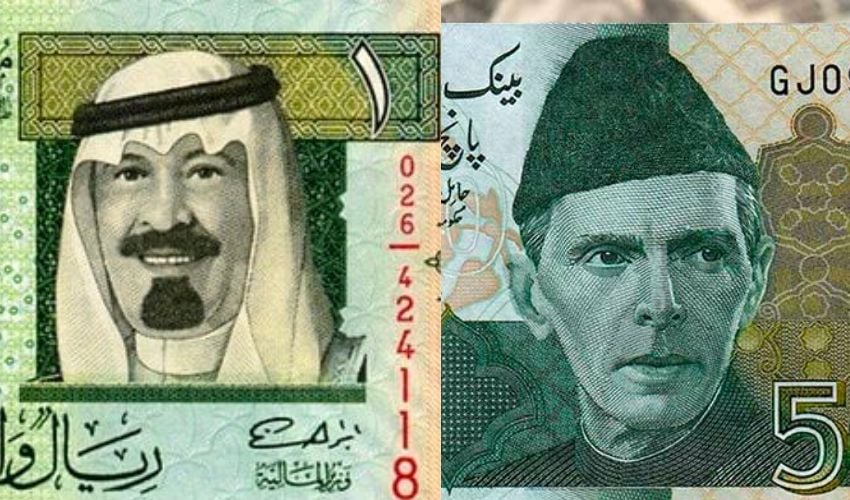US President Donald Trump on Tuesday said he has no intention of removing Federal Reserve Chair Jerome Powell, reversing course after a series of public attacks against the central bank chief that had unsettled financial markets.
“I have no intention of firing him,” Mr Trump told reporters at the White House, adding that he wished Powell would be “a little more active” in cutting interest rates.
The president’s remarks came after a turbulent few days for global markets, sparked by Mr Trump’s renewed criticism of the Federal Reserve’s monetary policy over the Easter weekend. Stocks, Treasury yields, and the US dollar all dipped on Monday as investors reacted to the perceived risk of further political interference in monetary policy.
However, Mr Trump’s softer tone on Tuesday evening prompted a swift market recovery, with equity index futures climbing nearly two per cent following the remarks.
The about-turn was welcomed by analysts, who noted that markets had been rattled not only by Mr Trump’s criticism but by growing fears he could attempt to dismiss Powell — a move widely seen as a breach of central bank independence.
“Whether this reflects Monday’s brutal foretaste of what would happen in markets if he did try to fire Powell, or was the plan all along, it is a clear positive,” said Krishna Guha, Vice Chairman of Evercore ISI. “It materially reduces the likelihood of worst-case outcomes including stagflation and the morphing of the tariff crisis into a sovereign debt crisis, though these risks remain.”
Trade deal optimism adds momentum
Adding to the market’s optimism, Mr Trump also signalled progress on US-China trade talks, suggesting that a final agreement could lead to “substantially” lower tariffs on Chinese goods. “It won’t be zero,” he cautioned, “but it won’t be anywhere near current levels.”
The president’s comments offered some relief to investors concerned about the prolonged tariff war and its implications for global growth. The White House has rolled out a series of aggressive tariffs since February, raising fears of inflation and supply chain disruptions.
Ongoing feud with Powell
Despite the apparent truce, Mr Trump continued to press for rate cuts, asserting that the Federal Reserve should act more swiftly to support the economy.
“We think that it’s a perfect time to lower the rate,” he said. “We’d like to see our chairman be early or on time, as opposed to late.”
Mr Trump’s dissatisfaction with Powell is not new. Though he appointed him as Fed chair during his first term, Mr Trump quickly became frustrated with Powell’s decision to continue raising interest rates, at odds with the administration’s preference for looser monetary policy.
On several occasions, the president had floated the idea of firing Powell, calling him “a major loser” and claiming his removal “cannot come fast enough.”
Legal ambiguity
Whether Mr Trump could legally remove Powell remains a contested issue. Under the Federal Reserve Act of 1913, the president can only remove Fed governors — who serve 14-year terms — “for cause,” typically interpreted as misconduct, not policy disagreement.
The law is less explicit on the four-year term of the Fed chair, who is one of the seven governors, prompting speculation about potential legal loopholes.
The matter has gained added significance as legal battles proceed over Mr Trump’s authority to fire officials from other independent US agencies, cases closely watched by legal and financial experts alike.
Fed cautious on rates
The Fed has left interest rates unchanged at its last two meetings, maintaining a target range of 4.25 to 4.50 per cent. Policymakers have adopted a wait-and-see approach amid growing concerns that tariffs could fuel inflation while slowing growth — a scenario known as “stagflation.”
Although some officials see the case for further rate cuts later in the year, they remain cautious. Markets have adjusted their expectations, now pricing in three quarter-point cuts by December, down from four earlier.
Recent data suggest resilience in sectors like employment and retail, but surveys point to falling consumer and business confidence, increasing the downside risks for the economy.
Adding to the gloom, the International Monetary Fund (IMF) on Tuesday downgraded its forecasts for both US and global growth in 2025, citing the impact of Mr Trump’s tariff policies.


























